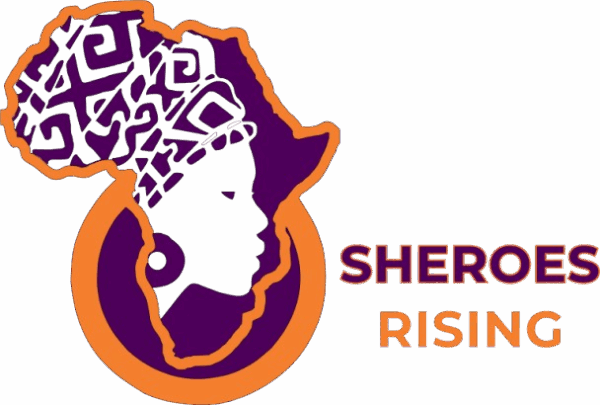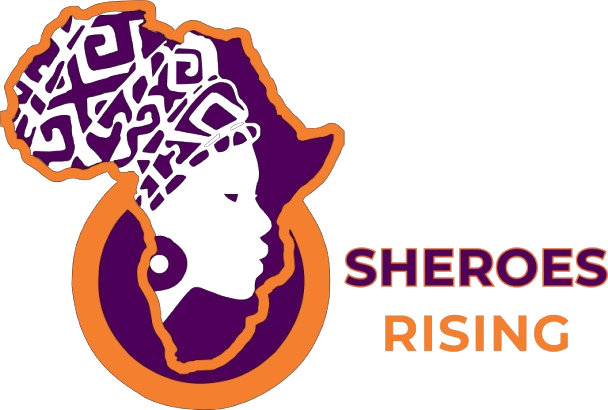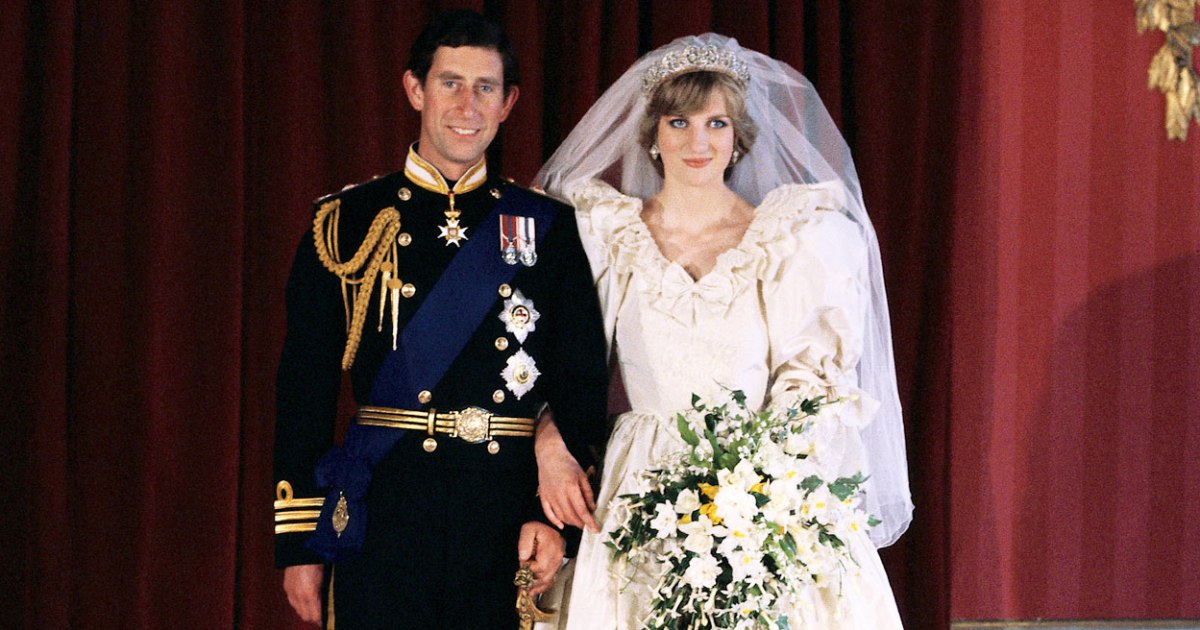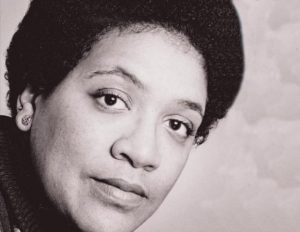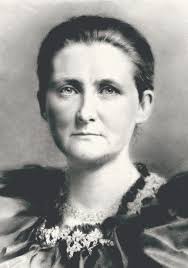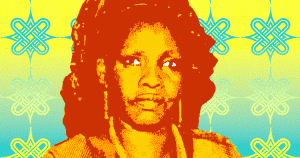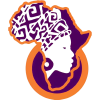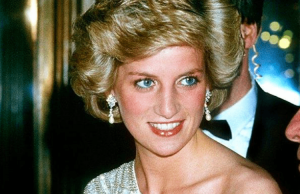
I don’t go by the rule book… I lead from the heart, not the head.
Princess Diana
Born Diana Frances Spencer in Park House, Sandringham, Norfolk, Princess Diana was the fourth of five children of John Spencer, Viscount Althorn (1924–1992), and his first wife, Frances (née Roche; 1936–2004) who has had a close alliance with the British royal family for several generations as both of Diana’s grandmothers had served as ladies-in-waiting to Queen Elizabeth the Queen Mother.The Spencer’s were hoping for a boy to carry on the family line, and no name was chosen for a week, until they settled on Diana Frances, after her mother and after Lady Diana Spencer, a many-times-great-aunt who was also a prospective Princess of Wales.
On 30 August 1961, Diana was baptized at St. Mary Magdalene Church, Sandringham She had three siblings then: Sarah, Jane, and Charles. Her infant brother, John, died shortly after his birth one year before Diana was born. The desire for an heir added strain to the Spencer’s marriage, and Lady Althorn was reportedly sent to Harley Street clinics in London to determine the cause of the “problem”.
The experience was described as “humiliating” by Diana’s younger brother, Charles: “It was a dreadful time for my parents and probably the root of their divorce because I don’t think they ever got over it.” Diana grew up in Park House, situated on the Sandringham estate which the Spencer’s leased from its owner, Queen Elizabeth II. The Royal Family frequently holidayed at the neighboring Sandringham House, and Diana played with Prince Andrew and Prince Edward as a child.
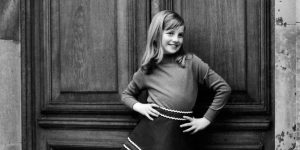
Diana was seven years old when her parents divorced. Her mother later began a relationship with Peter Shand Kydd and married him in 1969. Diana lived with her mother in London during her parents’ separation in 1967, but during that year’s Christmas holidays, Lord Althorp refused to let Diana return to London with Lady Althorp. Shortly afterwards he won custody of Diana with support from his former mother-in-law, Ruth Roche, Baroness Fermoy.
In 1972, Lord Althorp began a relationship with Raina, Countess of Dartmouth, the only daughter of Alexander Choroidal and Dame Barbara Cartland. They married at Caxton Hall, London in 1976. Diana’s relationship with her stepmother was particularly bad. She resented Raina, whom she called a “bully”, and on one occasion Diana “pushed her down the stairs”. She later described her childhood as “very unhappy” and “very unstable, the whole thing”.
Diana became known as Lady Diana after her father later inherited the title of Earl Spencer in 1975, at which point he moved the entire family from Park House to Althorp, the Spencer seat in Northampton shire.
Diana was initially home-schooled under the supervision of her governess, Gertrude Allen. She began her formal education at Sellafield Private School in Gaytan, Norfolk, and moved to Riddles worth Hall School, an all-girls boarding school near Thetford, when she was nine. She joined her sisters at West Heath Girls’ School in Seven oaks, Kent, in 1973. She did not shine academically, failing her O-levels twice but her outstanding community spirit was recognized with an award from West Heath.
She left West Heath when she was sixteen. Her brother Charles recalls her as being quite shy up until that time. She showed a talent for music as an accomplished pianist. Diana also excelled in swimming and diving and studied ballet and tap dance.
After attending Institute Alpine Videmanette (a finishing school in Rouge Mont, Switzerland) for one term in 1978, Diana returned to London, where she shared her mother’s flat with two school friends. In London, she took an advanced cooking course, but seldom cooked for her roommates. She took a series of low-paying jobs; she worked as a dance instructor for youth until a skiing accident caused her to miss three months of work. She then found employment as a playgroup pre-school assistant, did some cleaning work for her sister Sarah and several of her friends, and acted as a hostess at parties. Diana spent time working as a nanny for the Robertson’s, an American family living in London, and worked as a nursery teacher’s assistant at the Young England School in Pamlico. In July 1979, her mother bought her a flat at Cole Herne Court in Earl’s Court as an 18th birthday present. She lived there with three flat mates until 25 February 1981.
They were guests at a country weekend during the summer of 1980 when she watched him play polo and he took a serious interest in Diana as a potential bride. The relationship progressed when he invited her aboard the royal yacht Britannia for a sailing weekend to Cows. This was followed by an invitation to Balmoral (the Royal Family’s Scottish residence) to meet his family one weekend in November 1980.
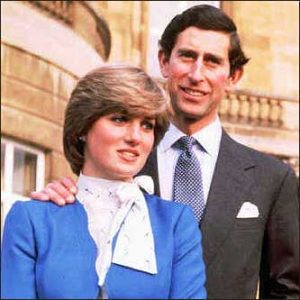
Lady Diana was well received by the Queen, the Queen Mother and the Duke of Edinburgh. Prince Charles subsequently courted Diana in London. The Prince proposed on 6 February 1981, and Lady Diana accepted, but their engagement was kept secret for the next few weeks. Their engagement became official on 24 February 1981 and twenty-year-old Diana became Princess of Wales when she married the Prince of Wales on 29 July 1981 at St Paul’s Cathedral, which offered more seating than Westminster Abbey; a church that was generally used for royal nuptials. The service was widely described as a “fairytale wedding” and was watched by a global television audience of 750 million people while 600,000 spectators lined the streets to catch a glimpse of the couple en-route to the ceremony. At the altar, Diana inadvertently reversed the order of Charles’s first two names, saying “Philip Charles” Arthur George instead. She did not say that she would “obey” him; that traditional vow was left out at the couple’s request, which caused some comment at the time. Diana wore a dress valued at £9,000 with a 25-foot (7.62-metre) train.
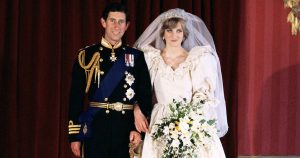
On June 21, 1982, Diana and Charles had their first child: Prince William Arthur Philip Louis. He was joined by a brother, Prince Henry Charles Albert David—known widely as “Prince Harry”—more than two years later, on September 15, 1984. Initially overwhelmed by her royal duties and the intense media coverage of nearly every aspect of her life, she began to develop and pursue her own interests. Diana served as a strong supporter of many charities and worked to help the homeless, people living with HIV and AIDS and children in need.
Five years into the marriage, the couple’s incompatibility and age difference of almost 13 years became visible and damaging and the divorce was finalized on 28 August 1996. Diana received a lump sum settlement of £17 million as well as £400,000 per year. The couple signed a confidentiality agreement that prohibited them from discussing the details of the divorce or of their married life. Days before, letters patent were issued with general rules to regulate royal titles after divorce. Diana lost the style “Her Royal Highness” and instead was styled Diana, Princess of Wales.
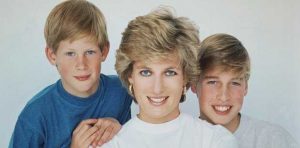
Even after the divorce, Diana maintained a high level of popularity. She devoted herself to her sons and to such charitable efforts as raising awareness about the dangers of leftover land mines in war-torn Angola.
Diana’s extensive charity work also included campaigning for animal protection and fighting against the use of landmines. She was the patroness of charities and organizations who worked with the homeless, youth, drug addicts, and the elderly. From 1989, she was president of Great Ormond Street Hospital for Children. She was patron of the Natural History Museum and president of the Royal Academy of Music.
From 1984 to 1996, she was president of Barnardo’s, a charity founded by Dr. Thomas John Barnardo in 1866 to care for vulnerable children and young people. In 1988, she became patron of the British Red Cross and supported its organizations in other countries such as Australia and Canada. She made several lengthy visits each week to Royal Brampton Hospital, where she worked to comfort seriously ill or dying patients. From 1991 to 1996, she was a patron of Headway, a brain injury association. In 1992, she became the first patron of Chester Childbirth Appeal, a charity that she had supported since 1984. The charity, which is named after one of Diana’s royal titles, could raise over £1 million with her help.Her patronages also included Landmine Survivors Network, Help the Aged, the National Hospital for Neurology and Neurosurgery, the British Lung Foundation, Eureka! (joint patron with Prince Charles), the National Children’s Orchestra, British Red Cross Youth, the Guinness Trust, Meningitis Trust, the Malcolm Sargent Cancer Fund for Children, the Royal School for the Blind, Welsh National Opera, the Variety Club of New Zealand, Birthright, the British Deaf Association, All England Lawn Tennis and Croquet Club, Anglo-European College of Chiropractic, Royal Anthropological Institute of Great Britain and Ireland, Royal National Orthopedic Hospital, British Sports Association for the Disabled, British Youth Opera, Faculty of Dental Surgery of the Royal College of Surgeons of England, London City Ballet, London Symphony Orchestra, Pre-School Playgroups Association, as well as president or patron of other charities. In 1987, Diana was awarded the Honorary Freedom of the City of London, the highest honor which is in the power of the City of London to bestow on someone.
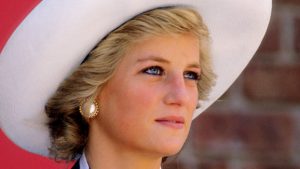
The Princess began her work with AIDS victims in the 1980s and in 1989, she opened Landmark Aids Centre in South London. She was not averse to making physical contact with AIDS patients, though it was still unknown whether the disease could be spread that way. Diana was the first British royal figure to contact AIDS patients. In 1987, she held hands with an AIDS patient in one of her early efforts to de-stigmatize the condition.
On 31 August 1997, Diana was killed in a car crash in the Pont de l’Alma tunnel in Paris. The accident also resulted in the deaths of her companion Dodi Fayed and the driver, Henri Paul, who was the acting security manager of the Hôtel Ritz Paris. Diana’s bodyguard, Trevor Rees-Jones, survived the crash. The televised funeral, on 6 September, was watched by a British television audience that peaked at 32.10 million, which was one of the United Kingdom’s highest viewing figures ever. Millions more watched the event around the world.
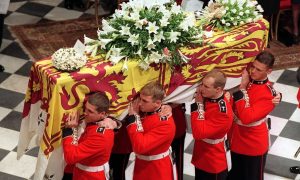
News of her sudden, senseless death shocked the world. Queen Elizabeth II, who was criticized for not immediately responding publicly to Diana’s death, made a televised address from Buckingham Palace on September 5, in which she said: “No one who knew Diana will ever forget her. Millions of others who never met her, but felt they knew her, will remember her. I, for one, believe there are lessons to be drawn from her life and from the extraordinary and moving reaction to her death. I share in your determination to cherish her memory.”
On the morning of September 6, Diana’s funeral procession commenced from Kensington Palace, her coffin resting on a gun carriage drawn by six black horses. Thousands of mourners packed the street to watch, with 15-year-old Prince William and 12-year-old Prince Harry joining the final stretch of the four-mile procession for their mother.
An estimated 2.5 million people tuned in on television to watch the ceremony at Westminster Abbey, which featured a powerful eulogy from Diana’s brother, Earl Charles Spencer, and a performance from Elton John. Afterward, her body was laid to rest on a small island at her family’s estate, Althorp.
In 2007, just before the 10th anniversary of her death, Princes William and Harry honored their beloved mother with a special concert that took place on what would have been her 46th birthday. The proceeds of the event went to charities supported by Diana and her sons.
Prince William and his wife Kate Middleton also remembered Diana when naming their second child, Princess Charlotte Elizabeth Diana, who was born on May 2, 2015.
Continuing her charitable efforts, the Diana, Princess of Wales Memorial Fund was founded after her death to provide resources for palliative care, penal reform, asylum and other issues. In 2013, the fund was incorporated into The Royal Foundation of the Duke and Duchess of Cambridge and Prince Harry.
In 2017, 20 years after her death, a collection of Diana’s memorable ensembles earned an exhibition at Kensington Palace.
Today, 1st July 2018 which would have been her 59th Birthday, we remember Princess Diana, who she is, what she stood for and what she did in her lifetime.
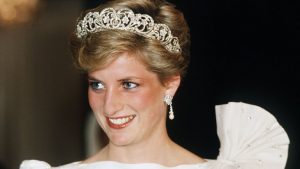
As a royal, she was outstanding. But as Lady Diana Spencer, she was phenomenal.
We honor and celebrate the Princess of Heart, the Peoples Princess and our candle in the wind for her light will never dim but l shine forever.
Happy Birthday Diana Spencer
Lady Diana
Princess of Wales
